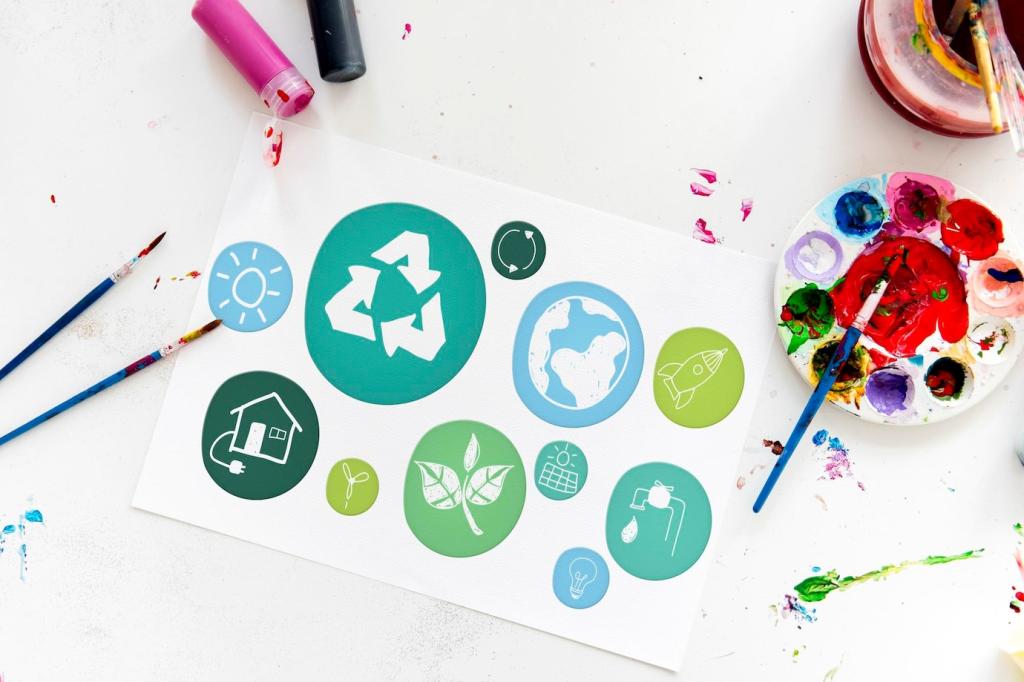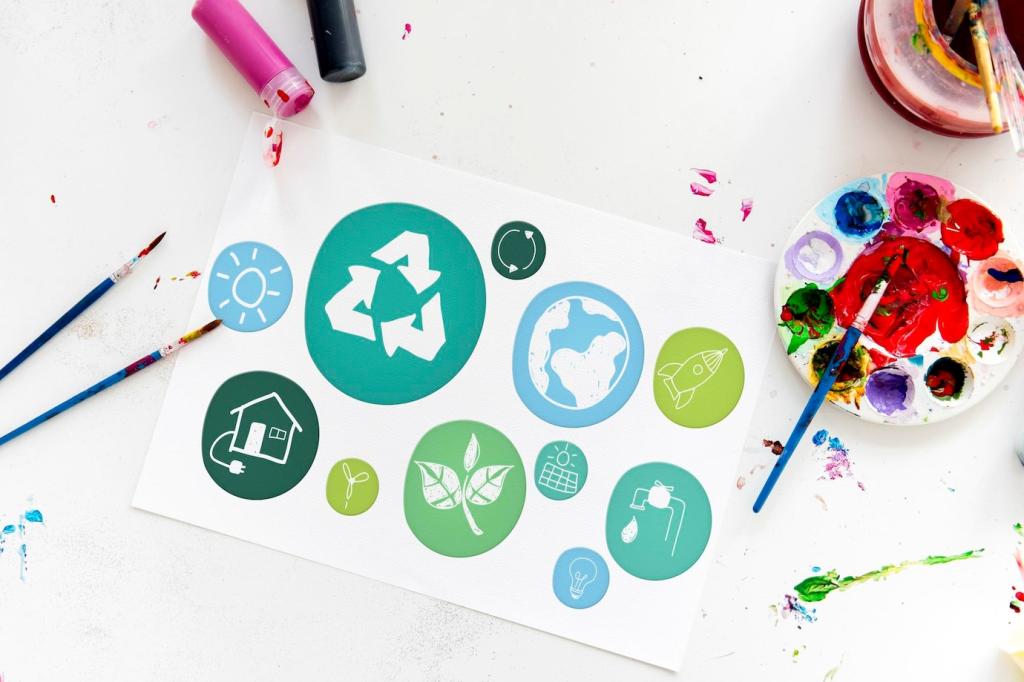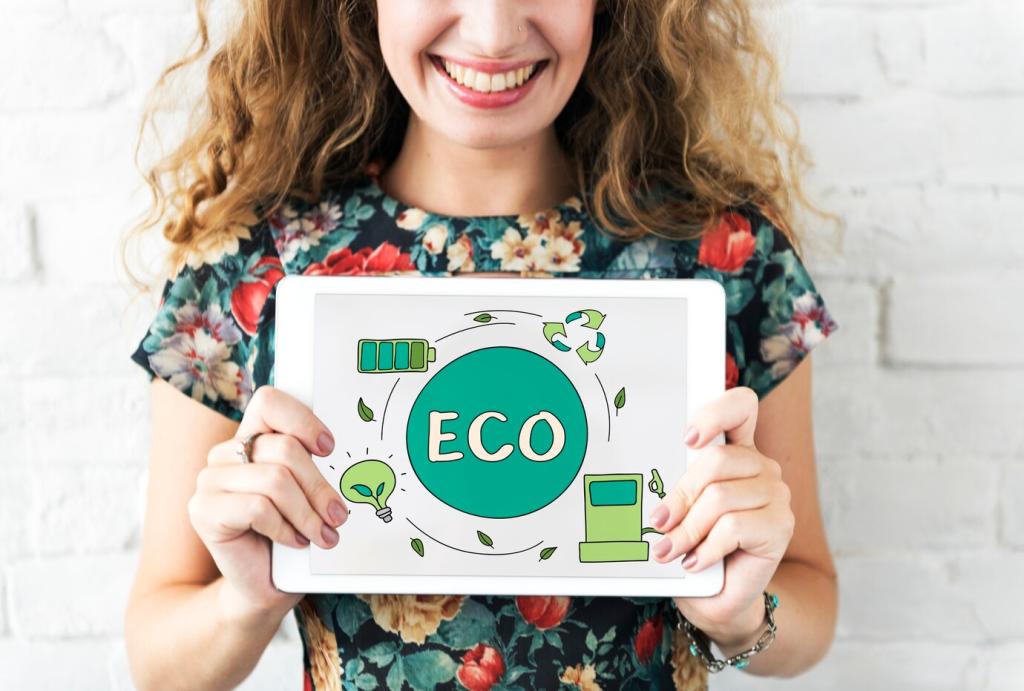How to Build an Authentic Eco-Friendly Brand Narrative
Chosen theme: How to Build an Authentic Eco-Friendly Brand Narrative. Welcome to a practical, story-rich guide that blends purpose with proof, strategy with heart, and everyday choices with measurable impact. If you care about credibility, community, and long-term relevance, you’re in the right place—join the conversation and subscribe for ongoing tools and inspiration.





Craft a Narrative Framework That Rings True
Share a concrete moment that sparked your shift—like discovering excess packaging waste after a warehouse audit or hearing customers request refillable formats. Personal stories create trust. Comment with your origin moment, and subscribe to see how others shaped theirs into brand pillars.
Craft a Narrative Framework That Rings True
Name the friction honestly—cost trade-offs, supplier constraints, or regulatory hurdles. Consumers respect straight talk when it’s paired with a plan. Ask your audience which obstacles they see most often, and crowdsource pragmatic ideas to turn tension into forward motion.
Avoid generic buzzwords—say exactly what changed, by how much, and why it matters. Use accessible language and explain acronyms. Invite readers to challenge one vague sentence you use today, and pledge to rewrite it with precise, accountable wording in your next update.
Shape a Visual and Verbal Identity Without Greenwashing
Sustainability is not a color swatch. Use information design—icons, timelines, and transparent data labels—to tell the story. Ask subscribers which visual explains impact best: a before-and-after diagram, a material journey map, or a seasonal footprint dashboard.
Shape a Visual and Verbal Identity Without Greenwashing

Supply Chain Alignment
Prioritize suppliers who share your targets and can verify them. Pilot traceability tools to surface real-time data. Ask readers which supplier metrics they track first—energy, water, or labor standards—and commit to publishing your initial supplier scorecard in an upcoming newsletter.

Product Design and Circularity
Reduce materials, design for disassembly, and prefer mono-material packaging where possible. Communicate repairability and spare parts access. Invite your audience to suggest one component ripe for redesign, and pledge to report back with feasibility and prototyping notes.

Data Cadence and Reporting
Set a rhythm for updates—quarterly snapshots and annual deep dives. Pair numbers with context so changes are understandable. Encourage subscribers to opt into your data digest and vote on the two metrics they want to see on your public dashboard next quarter.
Build Community and Co‑Create Impact
Host short surveys, office hours, and comment threads on specific initiatives. Share what you learned and which ideas you’ll trial next. Ask readers to nominate a community challenge you should tackle together this month, and vote on the winning experiment.

Launch, Measure, and Evolve Your Narrative
Roll out your narrative on a limited channel first—email or a product page—and observe what resonates. Capture questions, confusion points, and excitement. Share early learnings with subscribers and invite them to A/B test headlines that balance clarity with inspiration.
Launch, Measure, and Evolve Your Narrative
Track both impact and perception: emissions intensity, recycled content, return rates, time-on-page, and message recall. Avoid vanity metrics alone. Ask readers which two indicators most shape their trust, and commit to reporting them with consistent definitions and baselines.

